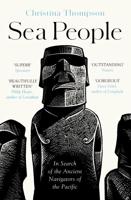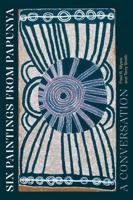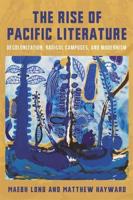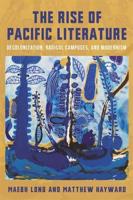Publisher's Synopsis
The Pacific Ocean covers one-third of the earth's surface and encompasses many thousands of islands, the home to numerous human societies and cultures. Among these indigenous Oceanic cultures are the intrepid Polynesian double-hulled canoe navigators, the atoll dwellers of Micronesia, the statue carvers of remote Easter Island, and the famed traders of Melanesia. Recent archaeological excavations, combined with allied research in historical linguistics, biological anthropology, and comparative ethnography, have begun to reveal much new information about the long-term history of these Pacific Island societies and cultures. On the Road of the Winds synthesizes the grand sweep of human history in the Pacific Islands, beginning with the movement of early people out from Asia more than 40,000 years ago, and tracing the development of myriad indigenous cultures up to the time of European contact in the sixteenth to eighteenth centuries.
Questions that scholars have posed and puzzled over for two centuries or more are illuminated here: Where did the Pacific Islanders come from? How did they discover and settle the thousands of islands? Why did they build great monuments like Nan Madol on Pohnpei Island in Micronesia or the famous Easter Island statues? This book provides an up-to-date synthesis of archaeological and historical anthropological knowledge of these fascinating indigenous cultures.
In particular, Kirch focuses on human ecology and island adaptations, the complexities of island trading and exchange systems, voyaging technology and skills, and the development of intensive economic systems linked to the growth of large populations. He also draws on his own original field research conducted on many islands, ranging from the Solomons to Hawai'i, as he takes us on an intellectual voyage into the Oceanic past.
Questions that scholars have posed and puzzled over for two centuries or more are illuminated here: Where did the Pacific Islanders come from? How did they discover and settle the thousands of islands? Why did they build great monuments like Nan Madol on Pohnpei Island in Micronesia or the famous Easter Island statues? This book provides an up-to-date synthesis of archaeological and historical anthropological knowledge of these fascinating indigenous cultures.
In particular, Kirch focuses on human ecology and island adaptations, the complexities of island trading and exchange systems, voyaging technology and skills, and the development of intensive economic systems linked to the growth of large populations. He also draws on his own original field research conducted on many islands, ranging from the Solomons to Hawai'i, as he takes us on an intellectual voyage into the Oceanic past.










